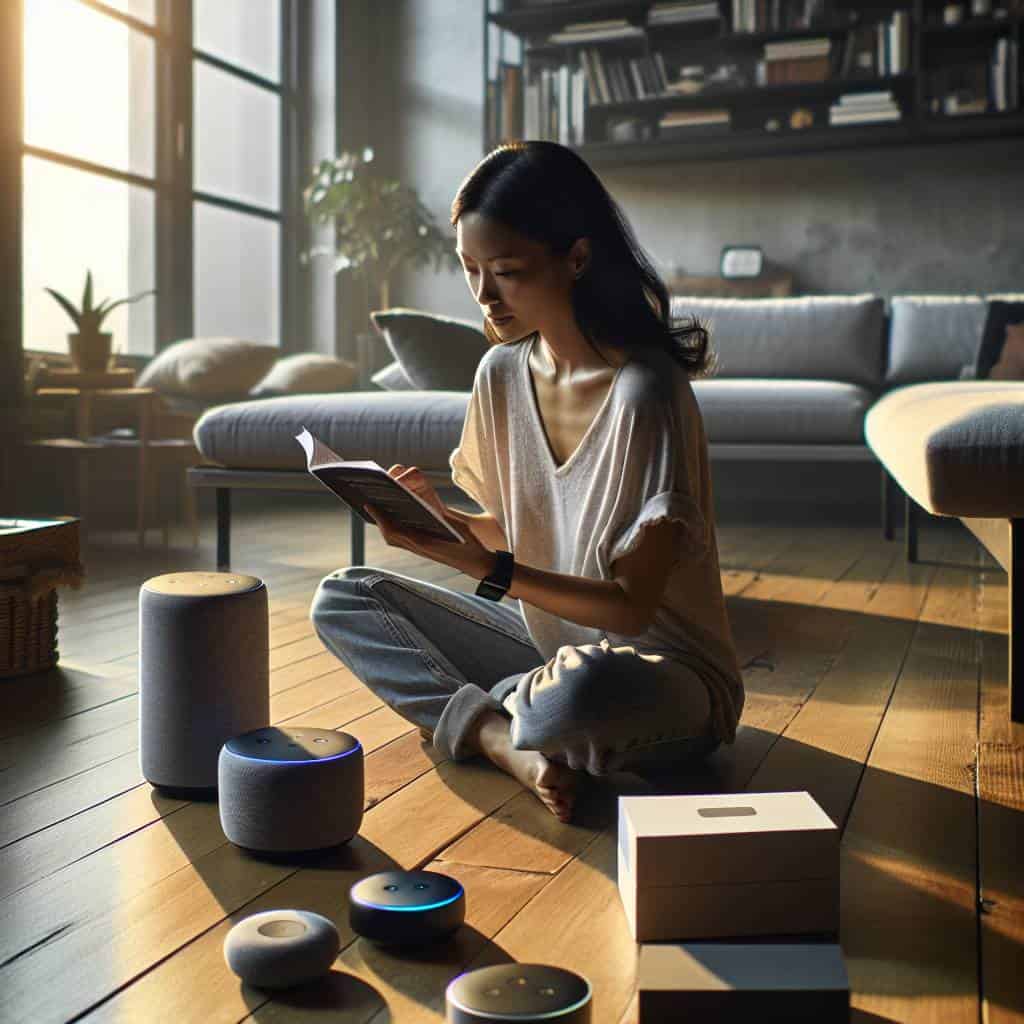Once, in the middle of making dinner, I found myself engaged in an epic battle with my phone’s voice-to-text tool. Picture this: a spatula in one hand, phone in the other, trying to dictate a simple text to my friend. But instead of my message about dinner plans, the screen displayed a baffling assortment of words that read like a toddler’s first essay. It was a symphony of errors, each more perplexing than the last. I laughed, then sighed, realizing that these tools are like those well-intentioned friends who just don’t get it. They’re there to help, but sometimes they make things hilariously complicated.

So, why do we even bother with these digital interpreters? That’s the question I’m diving into. We’ll explore the quirky world of voice-to-text, where speech meets recognition, and dictation dances with language options. This isn’t just about the tech; it’s about the quirky nuances of how we communicate and the tools that both help and hinder us. Stick around, and we’ll peel back the layers of this necessary evil, shedding light on how it all works—or doesn’t—when it comes to translating our thoughts into text.
Table of Contents
How My Quest for Perfect Speech Recognition Became a Comedy of Errors
Picture this: I’m sitting in my home office, armed with a cup of coffee and a burning desire to finally conquer the elusive beast known as perfect speech recognition. I mean, how hard could it be, right? Just speak and watch the magic happen on screen. But as I embarked on this seemingly simple task, what I uncovered was less a triumph and more a series of blunders that could fill a comedy show reel. With every word I spoke, my trusty voice-to-text tool seemed hell-bent on turning my coherent thoughts into a linguistic circus. “Buy milk” somehow became “by silk,” and a casual mention of “barking dogs” was transformed into a bizarre “barking frogs.” It was as if my microphone had a vendetta against clarity, determined to make me question my own sanity.
As I delved deeper into the labyrinth of speech recognition options, I realized that these tools, while revolutionary, were still delightfully flawed. They reminded me of a well-meaning but slightly deaf friend who nods enthusiastically while getting every third word wrong. Dictation, it turns out, is an art form in itself—one that requires not only clear articulation but also a knack for outsmarting the quirks of language. I found myself enunciating like a Shakespearean actor in a bid to make the tool understand “recognition” instead of “recondition.” The whole experience was an exercise in patience and creativity, forcing me to adapt and embrace the chaos rather than fight it. In the end, my quest for precision morphed into an acceptance of imperfection, and a realization that sometimes, the journey is far more entertaining than the destination.
Whispers of Imperfect Progress
In the end, my dalliance with voice-to-text technology has been a dance of frustration and revelation. It’s like trying to have a heart-to-heart with someone who keeps mishearing your deepest secrets. But isn’t that the beauty of language in the digital age? A cacophony of trial and error, where every misstep is a reminder of our own flawed attempts at perfect communication. I’ve learned that perfection in speech recognition is an elusive dream, a carrot on a stick that keeps us chasing. Yet, in the messiness, there’s a strange kind of poetry—a testament to our relentless quest to be understood, even by machines.
As I pack away my dictation tools like relics of a journey not quite finished, I find myself oddly grateful for the misadventures. They’ve taught me to appreciate the nuances of human speech—the pauses, the inflections, the emotions hidden between words. These tools, as imperfect as they are, have nudged me to listen more intently, to cherish the idiosyncrasies that make language beautifully unpredictable. And maybe that’s the point. In our pursuit of seamless tech solutions, we find ourselves circling back to the simple truth: the best conversations are those where every word is a choice, and every choice a chance to connect.


